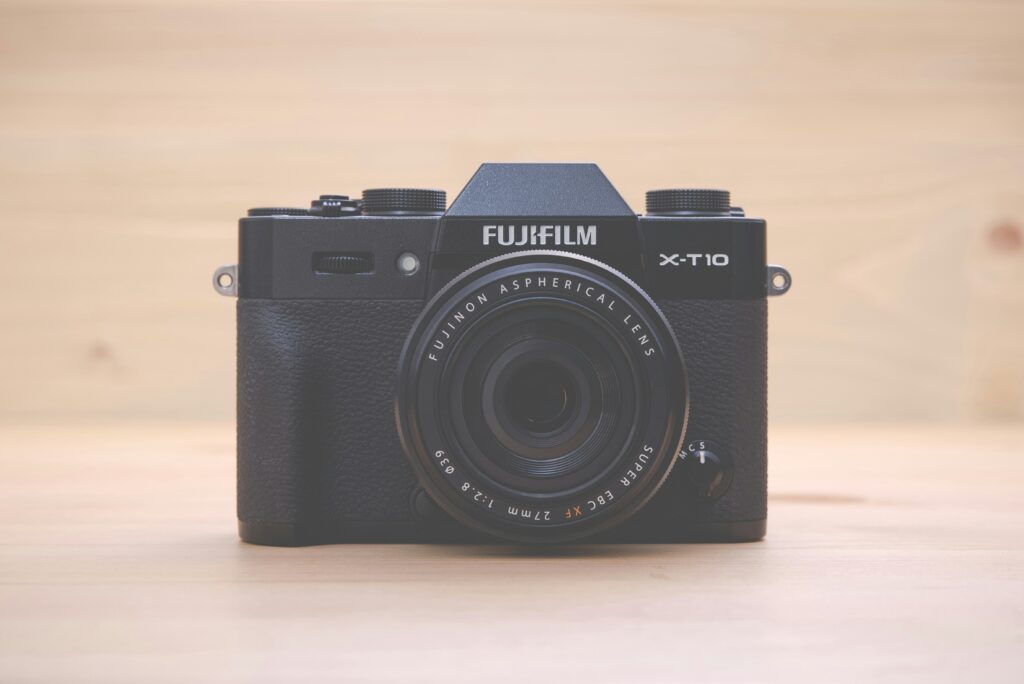The Fujifilm Instax popularity boom shows no signs of slowing down. Nearly three decades after its launch, Fujifilm’s instant camera range has become a global cultural phenomenon, capturing the imagination of Gen Z, hobbyists, and nostalgia lovers alike.
Despite living in an era where smartphones boast 200-megapixel cameras, instant photography is thriving. It offers a tangible, analog experience in a world dominated by screens — and Fujifilm has been quick to meet demand.

“For people who take digital cameras for granted, this backward thing (instant photography) can be a completely new form of entertainment,” said Ryuichiro Takai, general manager of Fujifilm’s consumer image group.
How Fujifilm Revived Instant Photography
The Fujifilm Instax popularity we see today wasn’t inevitable. When the Instax Mini 10 launched in 1998, it became a domestic hit, inspired by Japan’s purikura photo booths and Fujifilm’s disposable QuickSnap cameras.
But by the early 2000s, sales had plummeted as digital cameras — and later smartphones — became mainstream.
Instax made its comeback with the Mini 8 in 2012, branded as “the world’s cutest camera,” which found huge success among young buyers across Asia. As Polaroid exited the instant camera business after its 2008 bankruptcy, Fujifilm seized the opportunity and expanded aggressively into the U.S. and international markets in 2015.
By 2017, Fujifilm introduced the square Instax format, evoking classic Polaroid prints. One year later, annual sales exceeded 10 million cameras for the first time.
“Instax got a lot right, but it especially nailed timing,” said Jaron Schneider, editor-in-chief of PetaPixel. “Suddenly, Fujifilm was the only game in town making accessible instant cameras.”

Cultural and Emotional Appeal
The resurgence of Fujifilm Instax popularity is about more than technology — it’s about emotion.
Younger generations are seeking slower, more intentional ways to capture memories. Instant photography forces users to think about light, composition, and timing, since every print costs around a dollar.
“Gen Z and Gen Alpha are starved for the kind of nostalgia that millennials have,” Schneider explained. “They desperately want something tangible to look back on before life went fully digital.”
Tokyo videographer Daishi Kusunoki echoed this sentiment, saying that Instax film’s limitations make him more mindful about photography:
“Before pressing the shutter, I naturally become more aware of the light, shadow and framing. These restrictions can be a good way to learn and to enjoy the challenge.”
Fujifilm’s Smart Marketing
Another reason for the Fujifilm Instax popularity explosion is its savvy marketing and collaborations. Fujifilm has partnered with Taylor Swift, BTS, Pixar, Universal Studios, and even integrated Instax cameras into the popular video game Final Fantasy XIV.
These partnerships have made Instax a lifestyle accessory as much as a camera. Fujifilm has also embraced hybrid solutions with printers that connect to smartphones and cameras that combine digital sensors with instant print capabilities.
A Global Phenomenon
Today, Instax cameras are sold in over 100 countries, and 90% of sales come from outside Japan. The growth of instant photography is not limited to Asia — it’s global. Even Polaroid, revived in 2020, is trying to regain market share but faces stiff competition.

Takai says Fujifilm’s goal is to make Instax more than a passing trend:
“Our team positioned Instax to become a culture that will take root throughout the world, and not a transient boom.”
Why Instant Photography Matters in 2025
In an age of AI-generated images and heavily edited social media posts, instant photography offers something rare: authenticity. The print you hold in your hand is a direct moment in time — no filters, no retakes, no manipulation.
As more people seek ways to unplug and connect with the real world, the Fujifilm Instax popularity story is a testament to how analog experiences can coexist with digital convenience.


